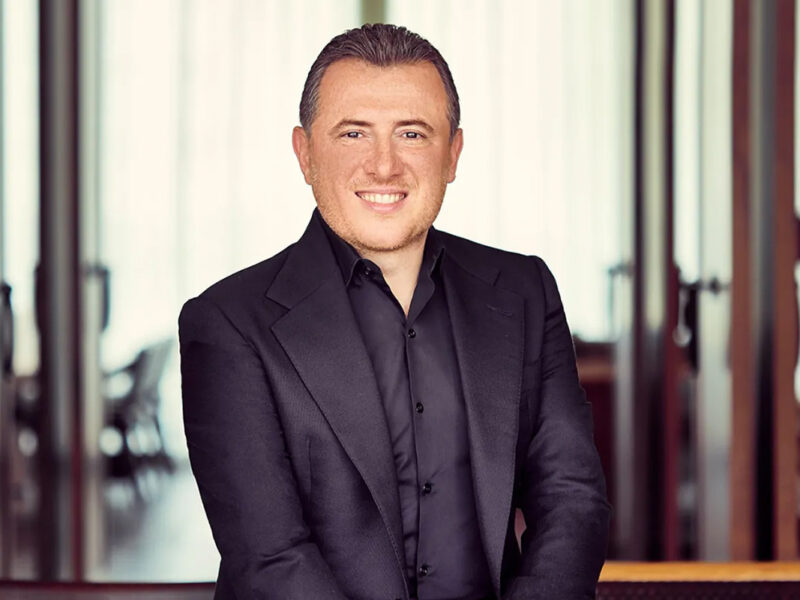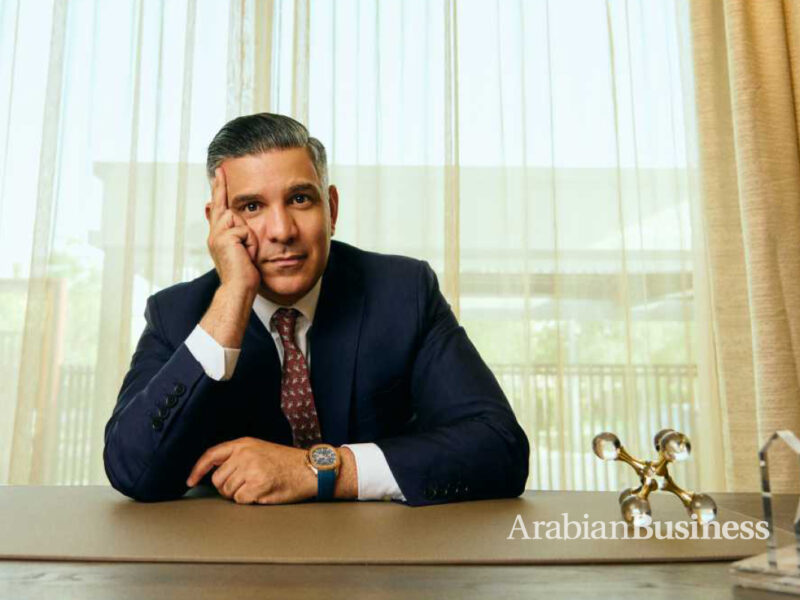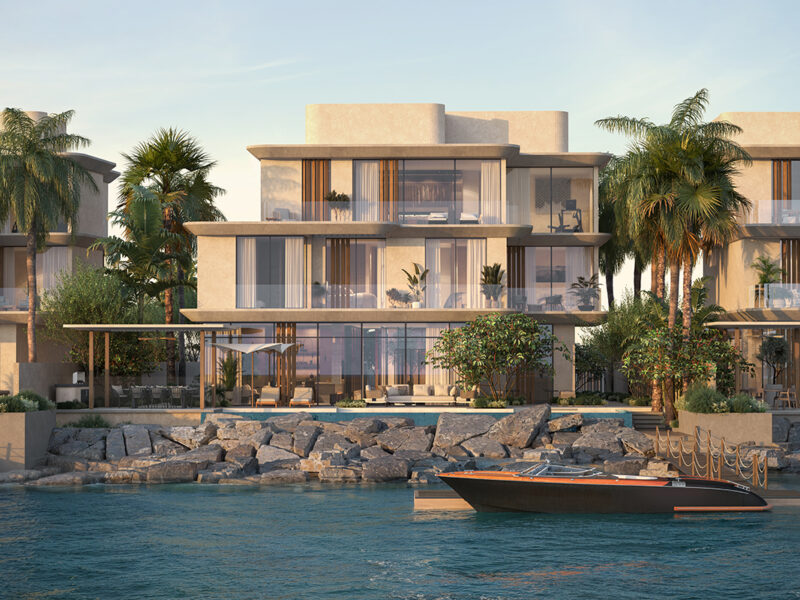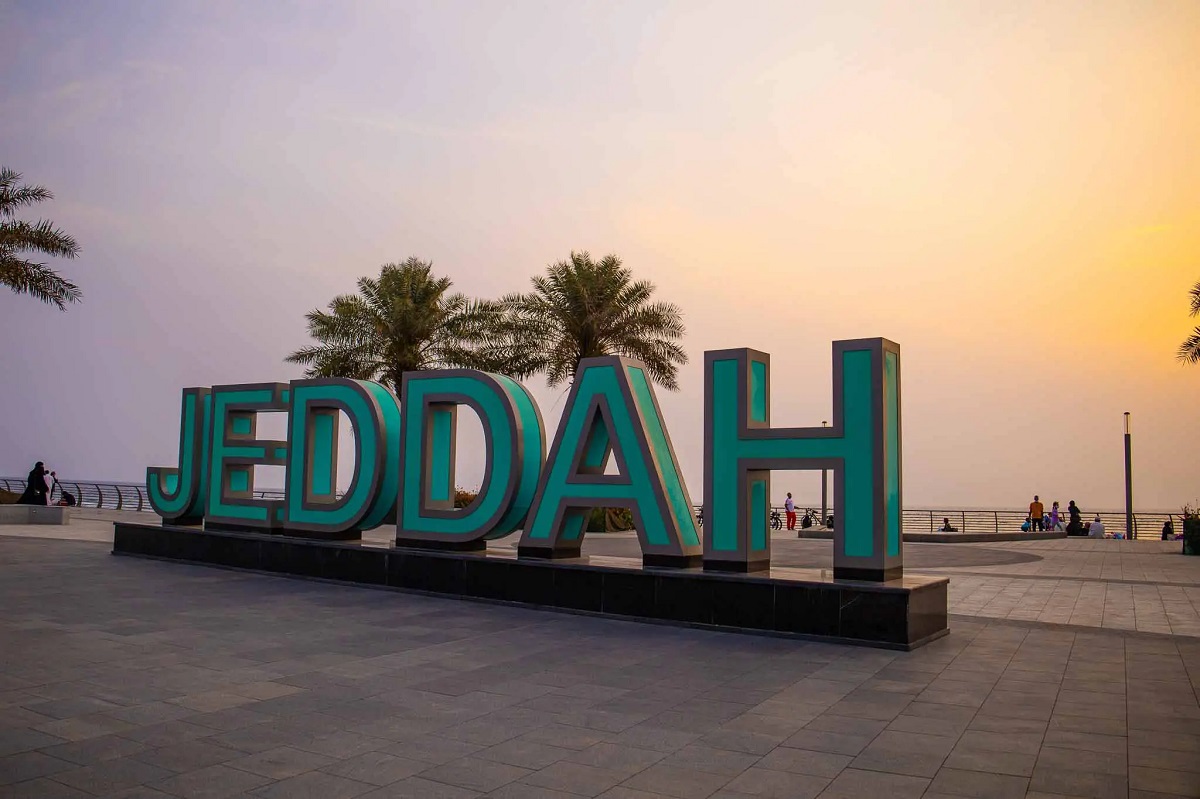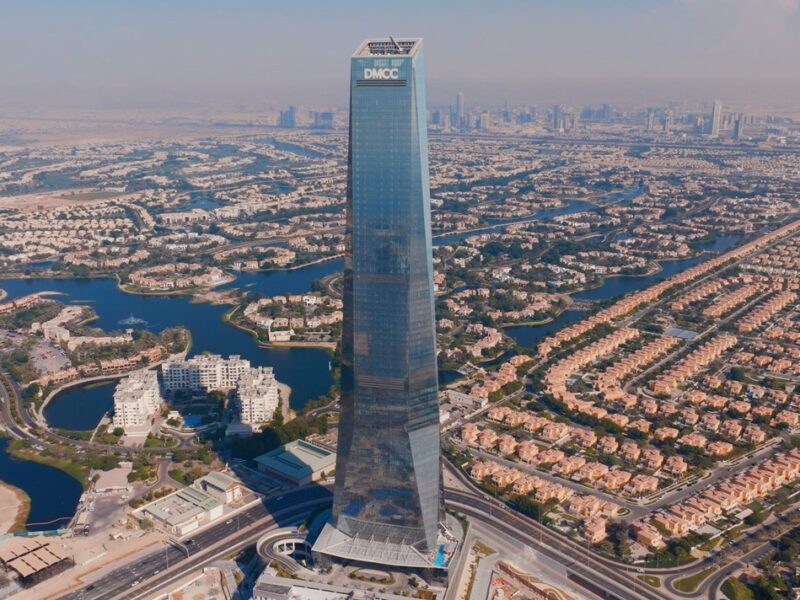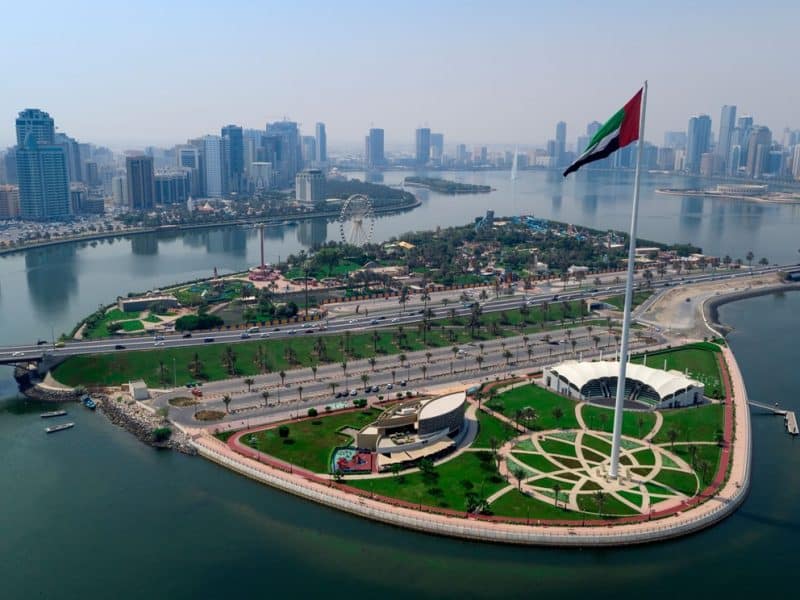Jeddah is set to see $90bn of real estate and infrastructure projects developed by 2030, according to analysis carried out by global property consultant, Knight Frank.
Faisal Durrani, Partner – Head of Middle East Research at Knight Frank said: “As the tentacles of Vision 2030 spread across the Kingdom, we are seeing every corner of the Kingdom transformed.
“As Saudi Arabia’s ‘second city’ and historic gateway to the Holy Cities of Makkah and Madinah, Jeddah is being revitalised through a dramatic wave of investment that is set to transform the city.
“With some 89,000 new homes, 250,000 sq m of offices and nearly 1.4m sq m of retail space, the city will be significantly revitalised by the end of the decade.”
Jeddah real estate forecast
According to Knight Frank, nearly $14bn of the total spend is dedicated to new infrastructure, including a new “land bridge” that will involve the construction of 1,500km of railway lines linking towns and cities between the eastern and western parts of Saudi.
A further $7bn has been earmarked for the expansion of Jeddah Islamic Port, where the container capacity will be raised to 20m, positioning it among the ten busiest ports in the world.
Like elsewhere in the Kingdom, there is a big focus on projects linked to wellbeing, says Knight Frank, as the government works to improve and enhance the habitability and liveability of Saudi cities.
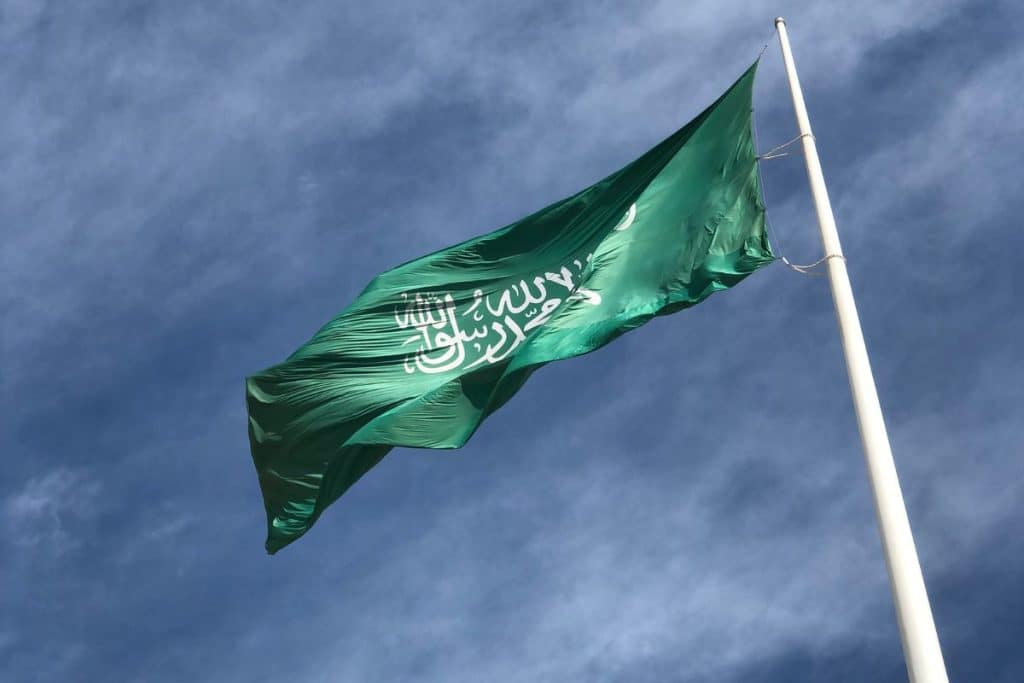
Yazeed Hijazi, Associate Partner, Real Estate Strategy and Consulting KSA, said: “With nearly $3.3bn earmarked for wellbeing projects, the residents of Jeddah are set to benefit from improvements to the city’s leisure, cultural, education and healthcare facilities.
“While perhaps considered secondary to more grandiose giga-projects elsewhere in the country, improved healthcare and educational facilities in particular help to boost the standard of living and make cities more attractive places to live – and this is something that will help Jeddah cement its position as the Red Sea’s main commercial hub while also making it an even more attractive city to live and work in, reinforcing the Quality of Life Program which forms part of Vision 2030.”
Knight Frank points to an area of opportunity that remains yet to be fully realised is around Jeddah’s hospitality sector.
The exceptional growth in demand as a result of economic diversification initiatives as well as the recent boom in the number of leisure and religious tourists underpin the hospitality sector’s enormous potential.
To respond to the expanding demand and as part of the economic transformation plans, new hotels are being planned to accommodate the government’s forecast increase in visitor numbers.
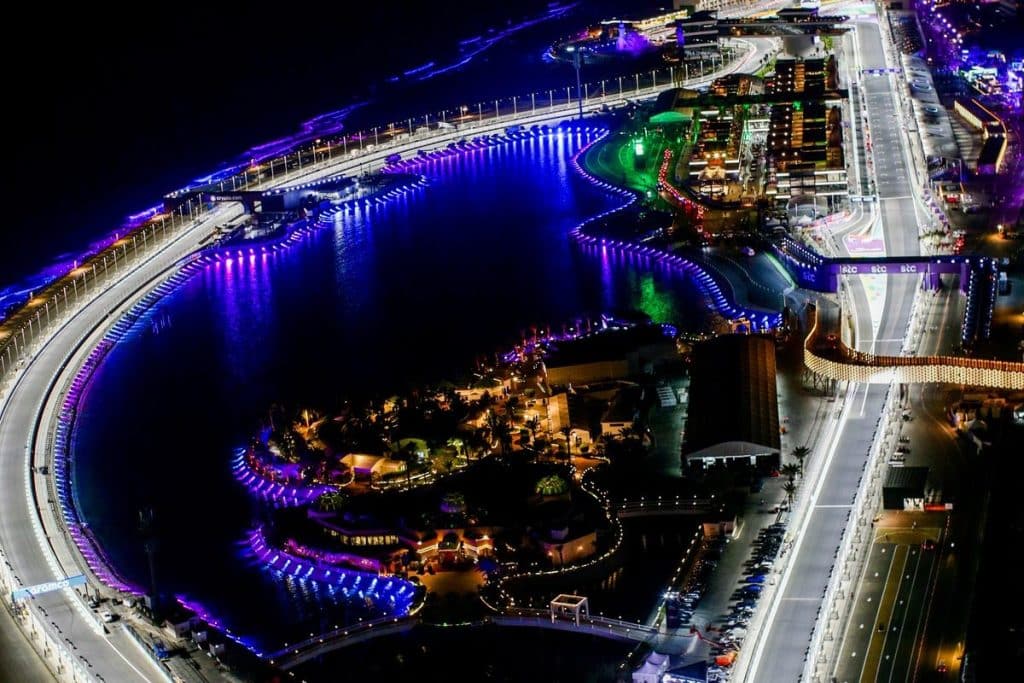
In fact, there are 9,300 rooms under construction or in the planning stages in Jeddah that are expected to be completed between now and 2030, which would bring the city’s total supply to 21,000 rooms, according to Knight Frank’s data.
However, there are just 2,700 rooms currently announced to be built within the city’s mega projects, which represents 29% of the total hotel supply pipeline in Jeddah.
Durrani said, “The popularity of Jeddah Season and the Jeddah F1, combined with the ultra-fast and modern rail links to the Holy Cities means Jeddah’s potential as an international tourist destination are only now starting to grow.
“With plans to draw 100m tourists to Saudi Arabia by 2030, the city still has the potential to develop a vibrant tourist market, particularly given the wide range of pre-existing attractions and more temperate climate, relative to the rest of the Gulf region”.

